Perovskia Atriplicifolia Russian Sage – Hardy Perennial Starter Plant
Original price was: $47.99.$22.99Current price is: $22.99.
Perovskia Atriplicifolia, commonly known as Russian Sage, is a hardy perennial with aromatic gray-green leaves and vibrant blue flowers. Perfect for butterflies and hummingbirds, this drought-tolerant plant thrives in full sun and well-drained soil, making it ideal for xeriscaping and garden borders.
Estimated arrival
Dec 13
Dec 18 - Dec 20
Dec 23 - Dec 27
Reasonable Price
We offer reasonable price

Support 24/7
Contact us 24 hrs a day

100% Money Back
You've 30 days to Return

Payment Secure
100% secure payment
Perovskia Atriplicifolia, known as Russian Sage, is a striking perennial that thrives in zones 5-9. With finely dissected gray-green foliage and tall spikes of tubular blue flowers, it creates a stunning visual appeal from summer through early fall. This low-maintenance, drought-tolerant plant is perfect for dry to medium, well-drained soil, making it a great addition to rock gardens, borders, and pollinator-friendly landscapes.
Growing up to 3-5 feet tall, this perennial thrives in full sun, where its fragrant foliage enhances garden spaces. Russian Sage is an excellent companion plant for ornamental grasses, lavender, and other drought-resistant species. It attracts butterflies, hummingbirds, and beneficial pollinators, adding biodiversity to your garden.
Key Features and Benefits:
- Plant Type: Perennial
- Size: Grows up to 3-5 feet tall
- Color: Light blue flowers with gray-green aromatic foliage
- Drought-Tolerant: Thrives in full sun with well-drained soil
- Pollinator-Friendly: Attracts butterflies and hummingbirds
- Low Maintenance: Requires minimal care once established
- Versatile Use: Ideal for xeriscaping, rock gardens, and perennial borders
- Winter Dormant: Dies back in winter but regrows in spring
Use Cases:
- Landscaping: Adds texture and color to garden beds and borders
- Drought-Tolerant Gardens: Perfect for low-water landscaping
- Pollinator Garden: Attracts butterflies, hummingbirds, and bees
- Decorative Potting: Can be grown in large containers for patios
- Gift Option: Great for garden enthusiasts and nature lovers
FAQs:
Q: How do I care for Russian Sage? A: Plant in full sun with well-drained soil. Water occasionally until established, then minimal watering is needed. Prune in early spring to encourage bushier growth.
Q: Will Russian Sage survive cold winters? A: Yes! It is hardy in zones 5-9 and goes dormant in winter, regrowing in spring.
Q: Does this plant require frequent watering? A: No, Russian Sage is drought-tolerant and prefers dry to medium soil conditions. Overwatering can cause root rot.
Q: Will this plant attract bees and butterflies? A: Absolutely! The tubular blue flowers are highly attractive to butterflies, hummingbirds, and bees.
Q: Can I grow Russian Sage in a pot? A: Yes! Use a large, well-draining pot with sandy or loamy soil, and place it in full sun for best results.
Be the first to review “Perovskia Atriplicifolia Russian Sage – Hardy Perennial Starter Plant”

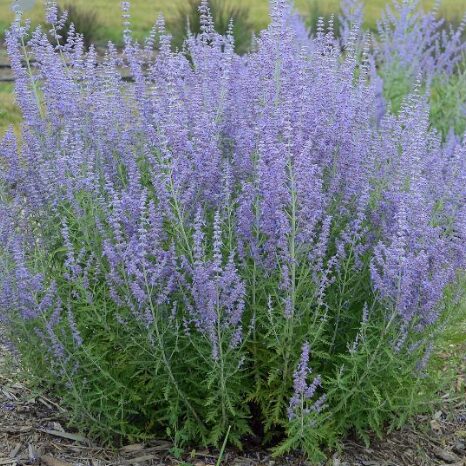

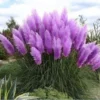
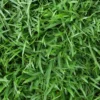
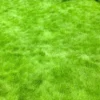
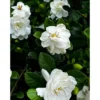
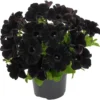
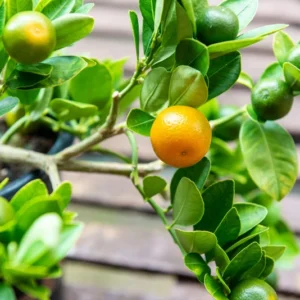
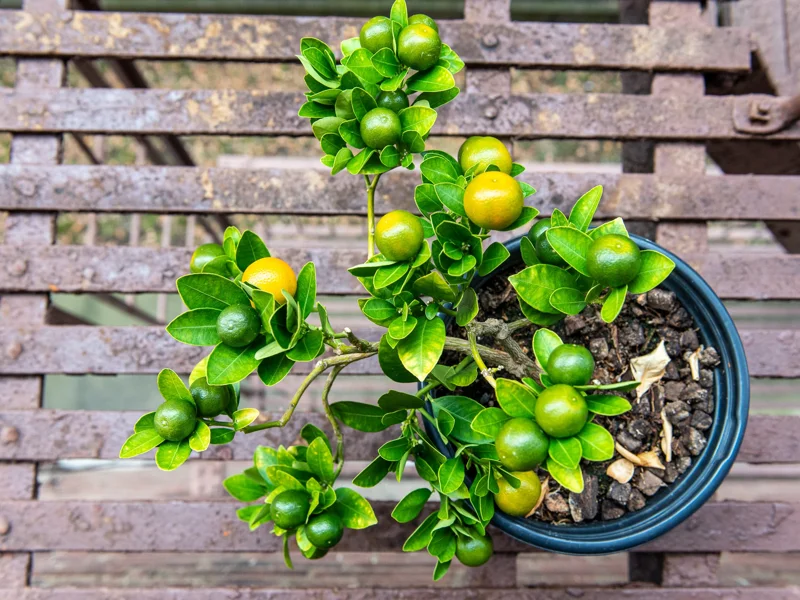
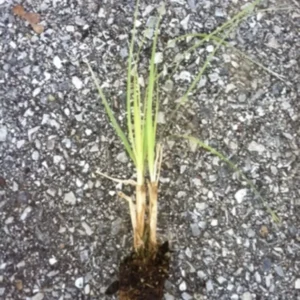
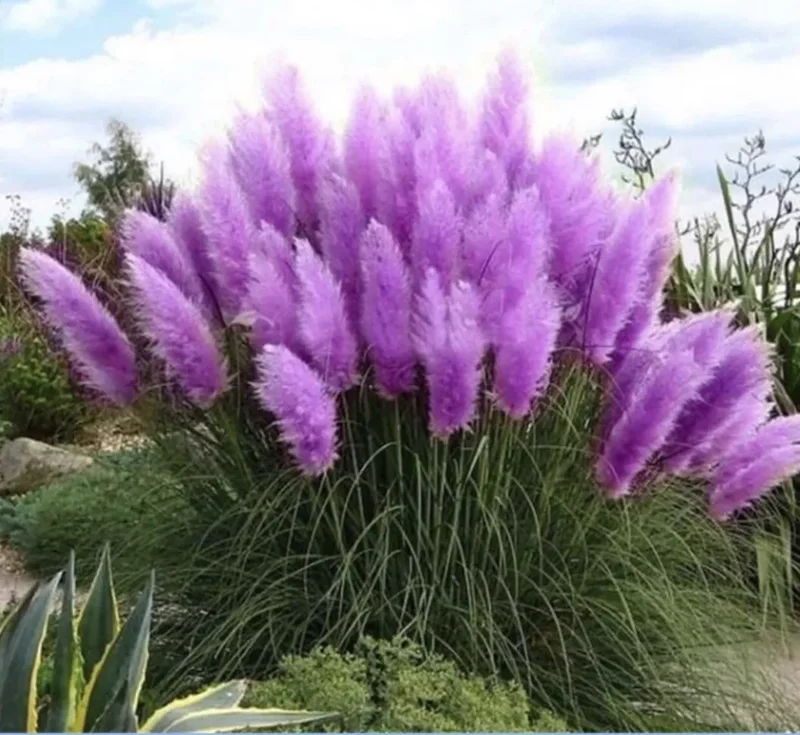
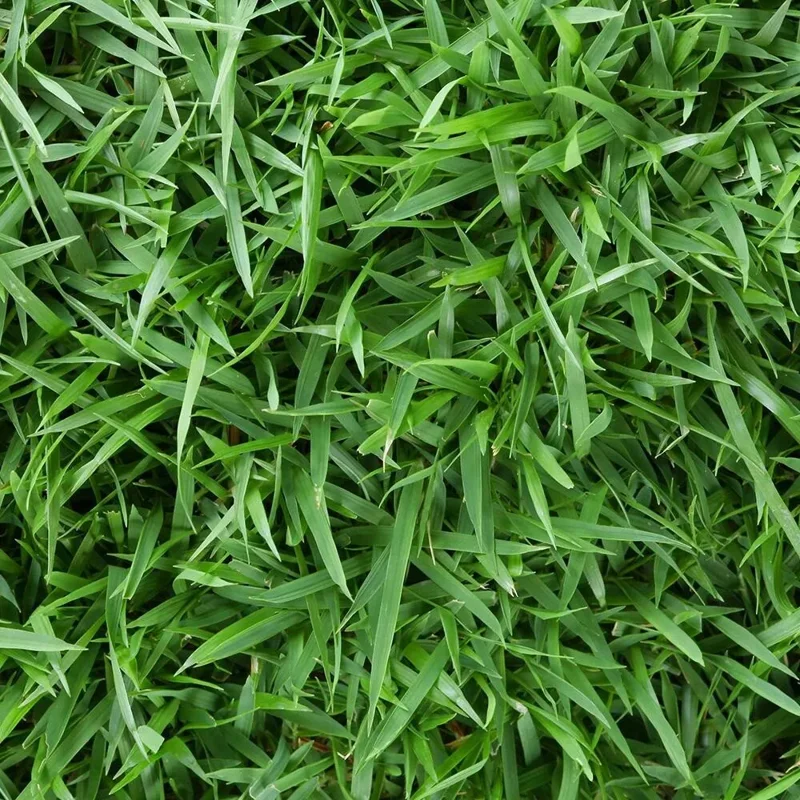
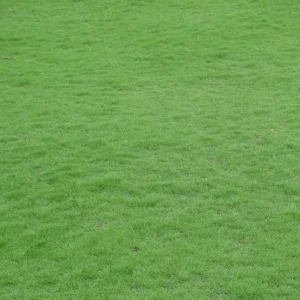
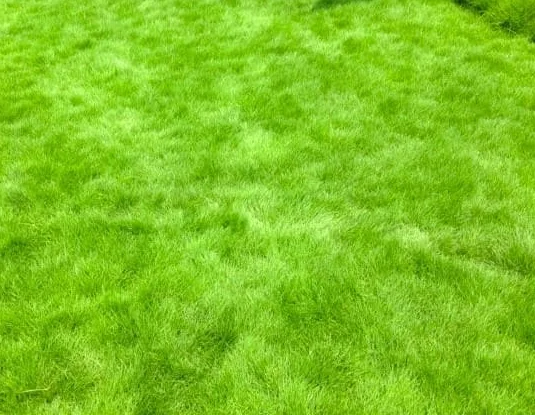

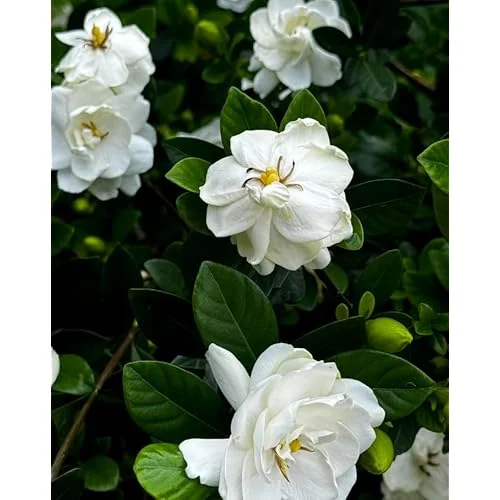
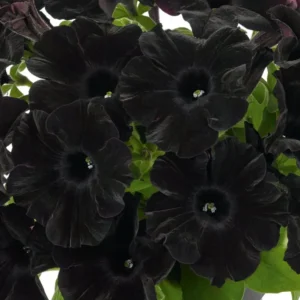
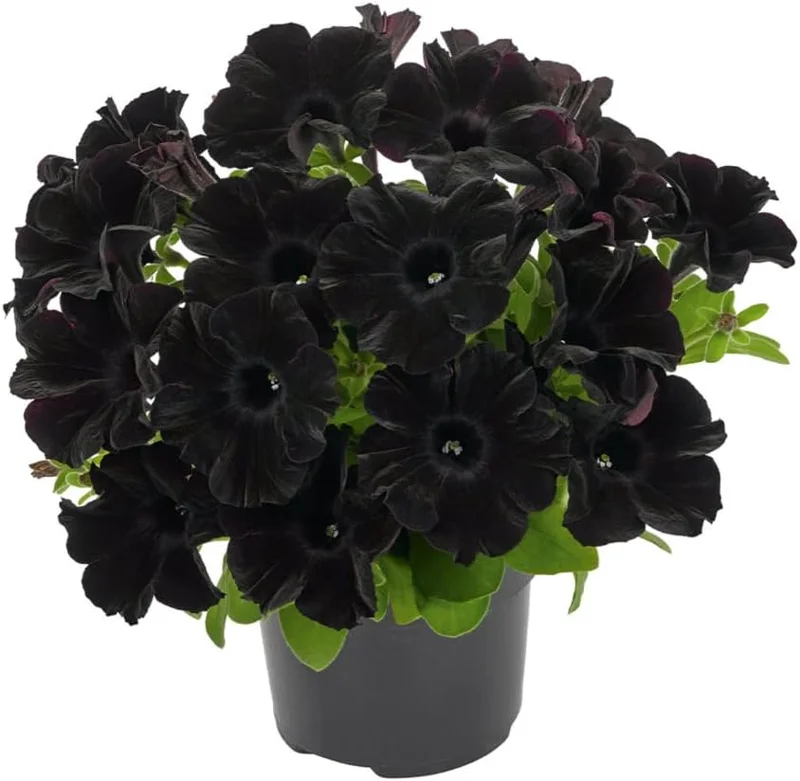
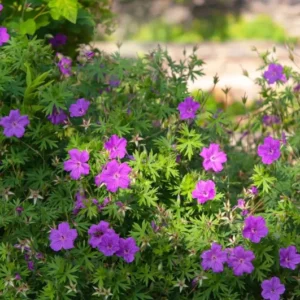
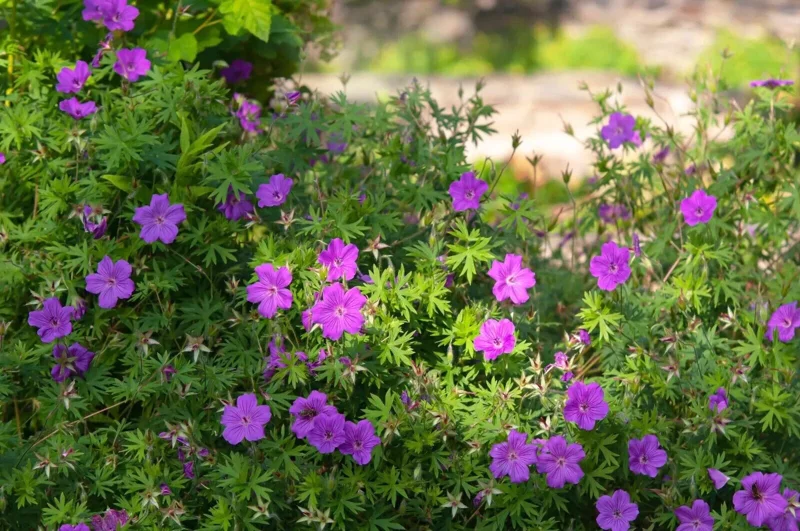
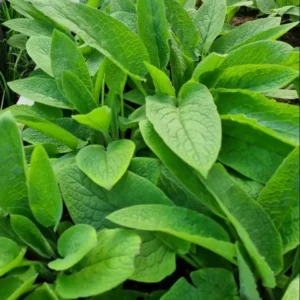
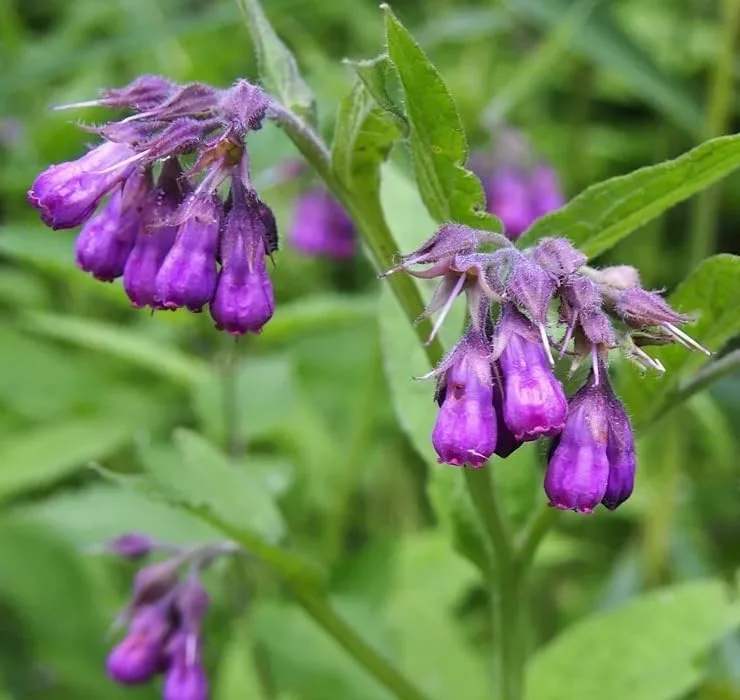
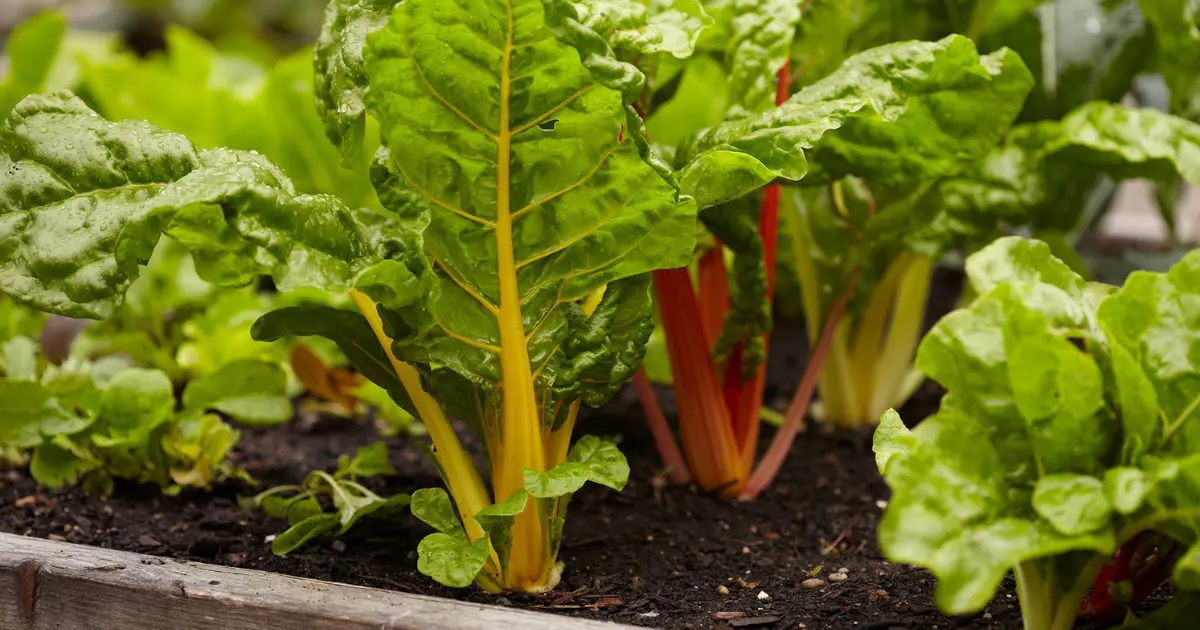
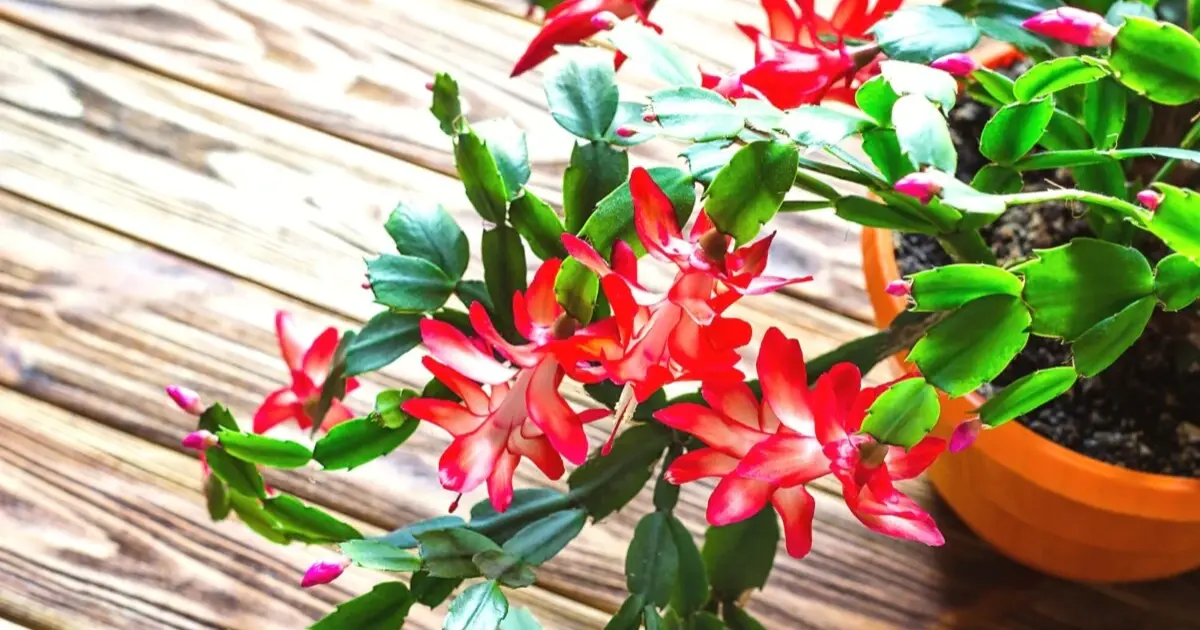
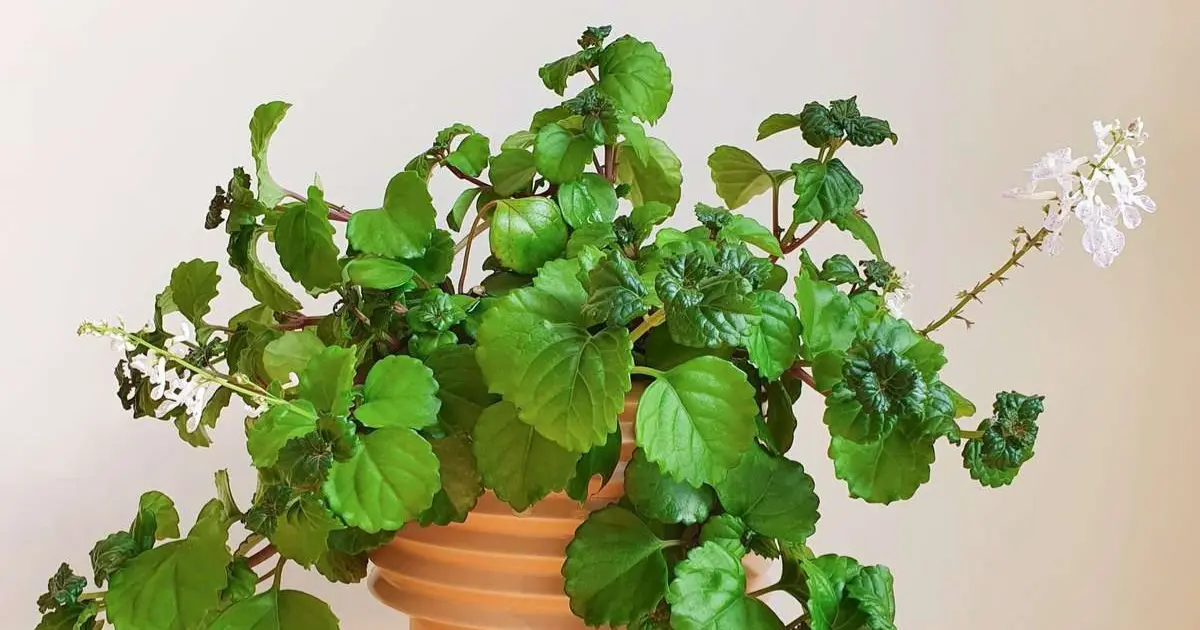
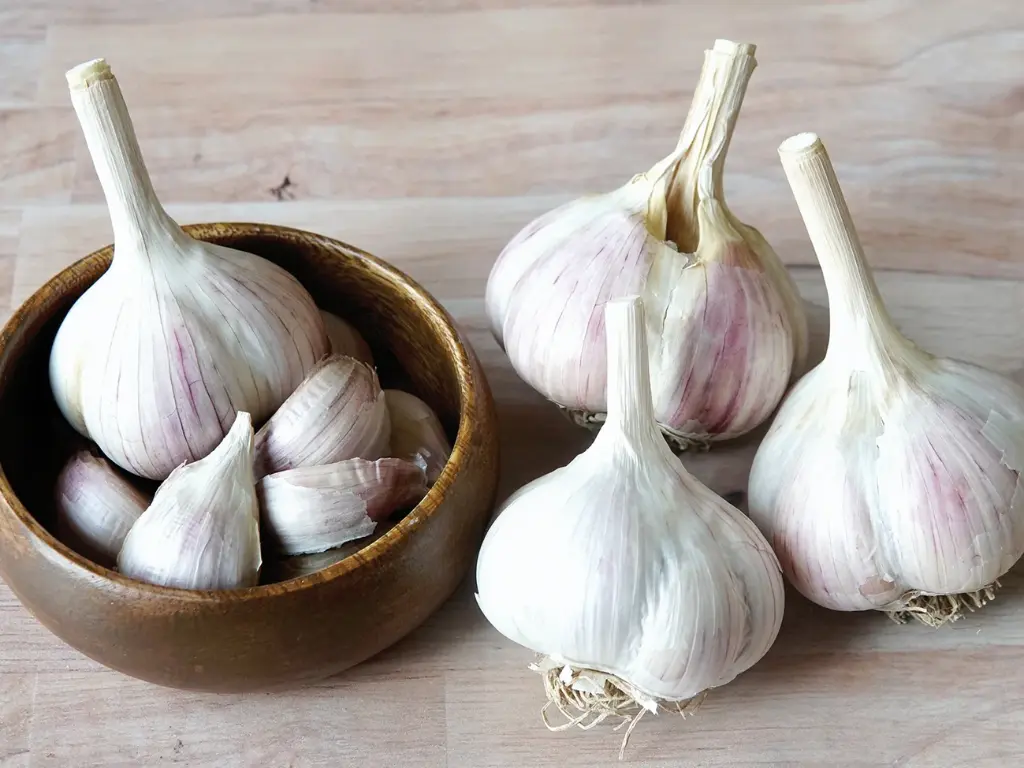
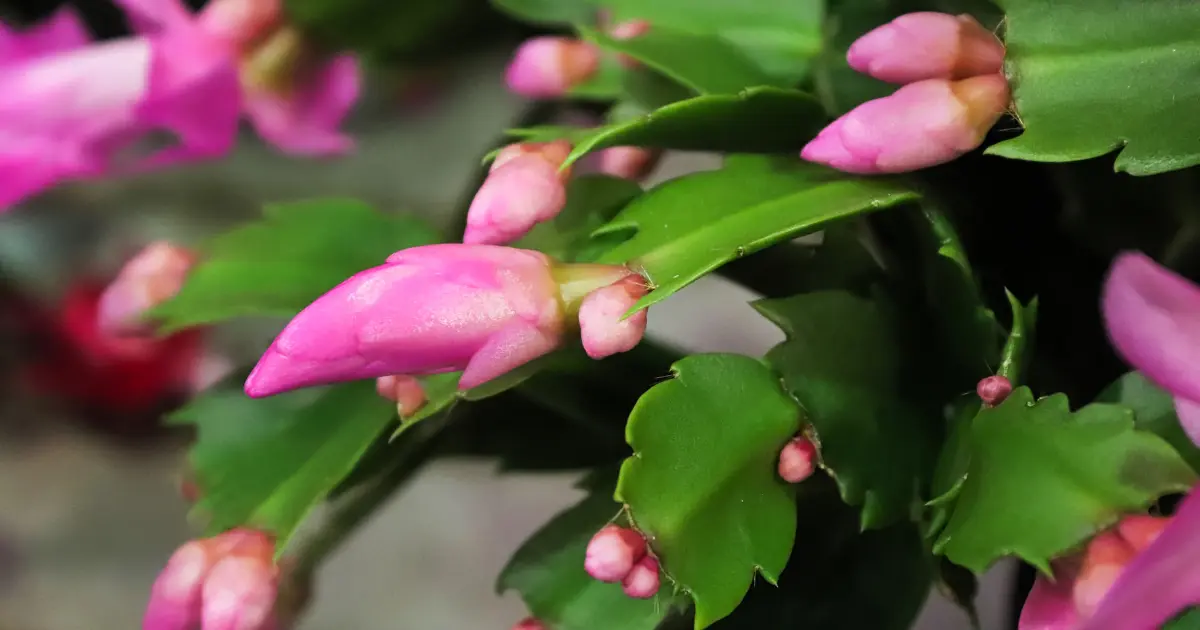

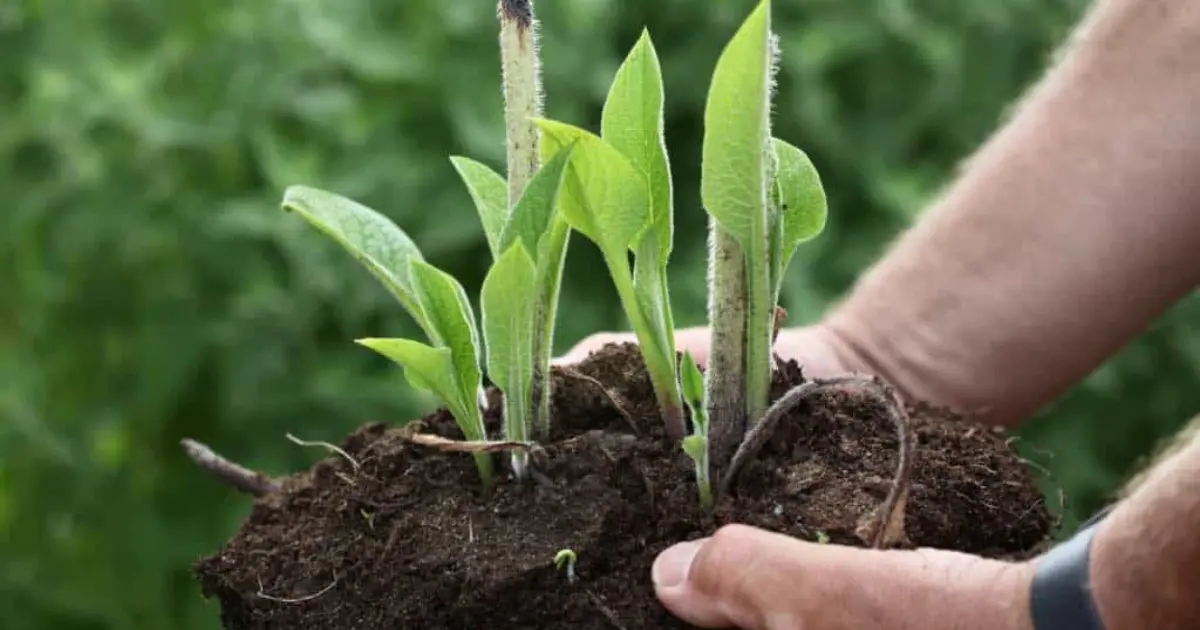
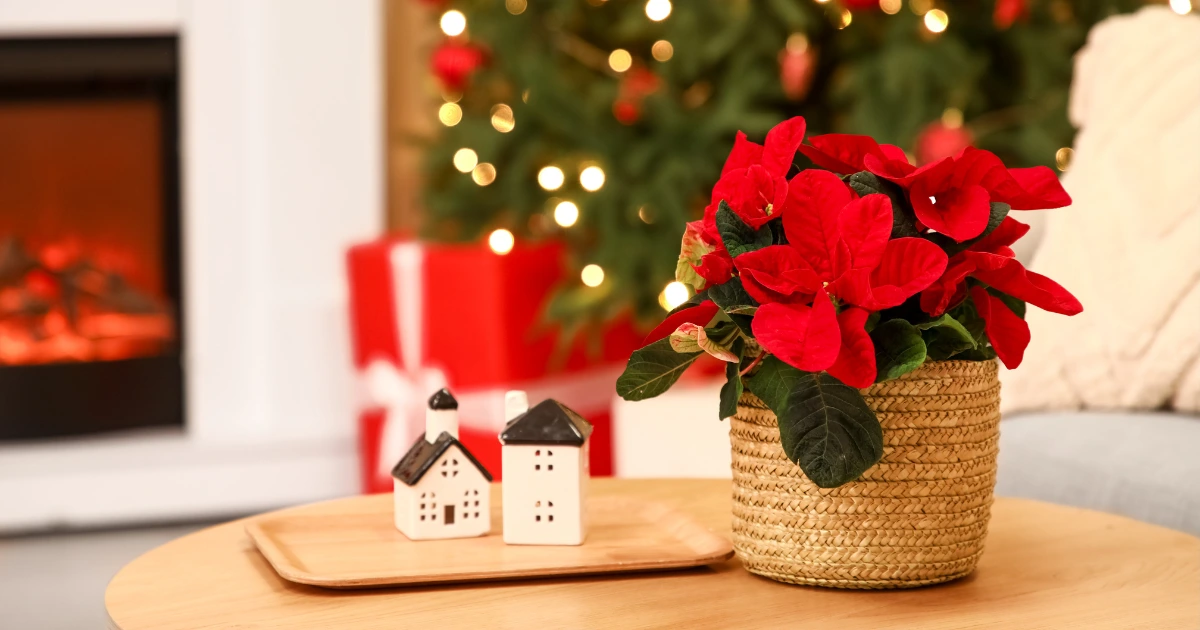
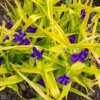
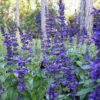
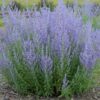
Reviews
There are no reviews yet.